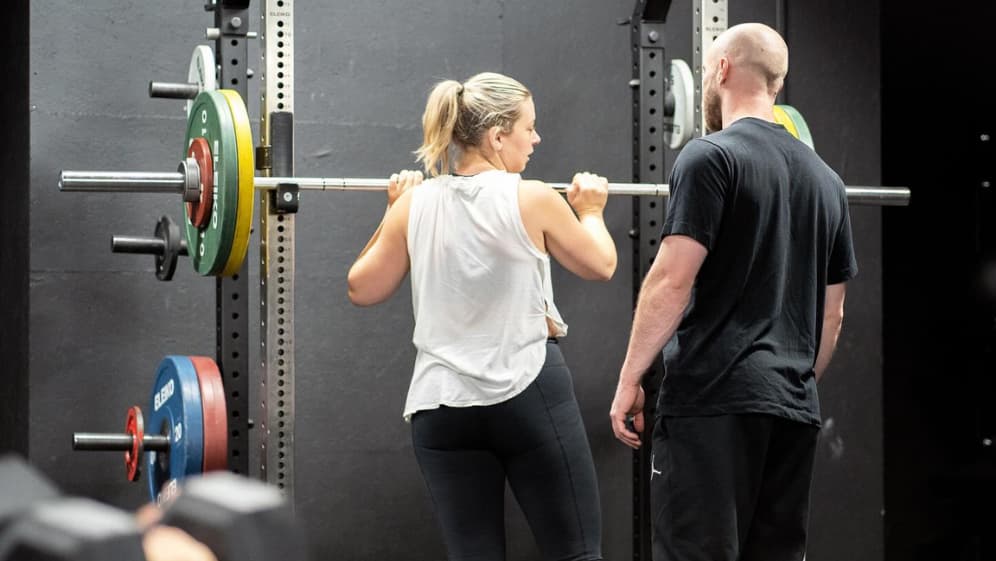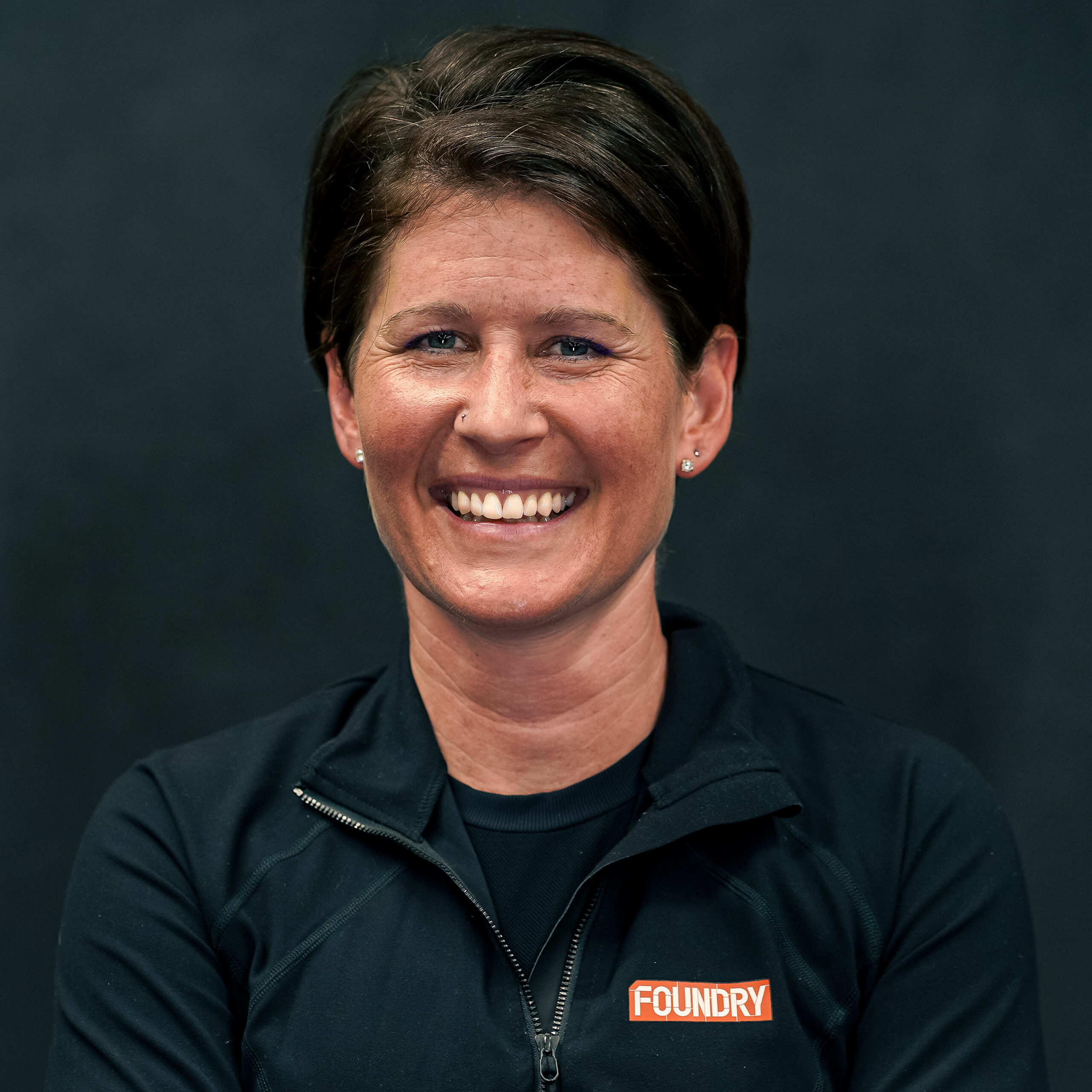
Categories
Weight Loss vs Fat Loss
It’s that time of year when the gym is buzzing, and people start focusing on getting in shape for summer. With the clocks changing and the prospect of sunny days ahead, many of us are thinking about shedding a few pounds before we hit the beach or poolside. But amidst all the chatter on the gym floor, there’s often confusion between two related but distinct concepts: weight loss and fat loss.
At Foundry, we believe it’s crucial to distinguish between the two. While weight loss is relatively easy to achieve (ask any boxer who has had to make weight for a fight), fat loss is a different ballgame. Here’s why focusing on fat loss, not just weight loss, is key to achieving long-term results and a leaner, healthier body.
The Difference Between Weight Loss and Fat Loss
Weight loss is straightforward; you step on the scales and see that the number decreases. However, that number reflects not just fat but a combination of fat, muscle, water, and even the contents of your digestive system. This is why relying solely on weight as a marker for progress can be misleading.
For example, if you’ve tried a low-carb or ketogenic diet, you might have seen rapid weight loss in the first few days. This isn’t necessarily fat loss, but rather your body shedding water weight as it depletes glycogen stores (the stored form of carbohydrates). When you reintroduce carbs, the glycogen (and water) return, and so does the weight. It’s not a permanent change to your body composition.
On the other hand, fat loss is more challenging but far more rewarding. Fat loss refers to reducing your body fat percentage while preserving lean muscle mass. This is important because muscle is metabolically active tissue that helps you burn more calories at rest. Maintaining or building muscle improves your body composition, giving you a leaner, more defined look, even if the scales don’t show a huge drop.
Why You Shouldn’t Obsess Over the Scales
Too many people are fixated on their weight, and it’s understandable. After all, weight is an easy, visible marker of progress. However, using weight as the sole indicator can be frustrating and misleading. The number on the scale can fluctuate for various reasons—water retention, hormonal changes, or even the time of day. For women, weight fluctuations during the menstrual cycle can easily range from 2-3kg, making it harder to gauge true progress.
What’s far more important is your body composition, the fat-to-muscle ratio. You could weigh the same as someone else but have a different body shape depending on how much lean muscle mass you carry. A person with higher muscle mass and lower body fat will look leaner and be healthier overall.
The Problem with Traditional Diets
Many traditional diets lead to rapid weight loss but don’t distinguish between fat loss and muscle loss. If you lose weight quickly by drastically cutting calories, there’s a good chance you’re also losing lean muscle along with fat. This isn’t just bad for your metabolism—it can also lead to a softer, less toned appearance, even if you’re lighter on the scales.
For example, imagine someone who weighs 65kg and has 25kg of muscle and 15kg of fat. They go on a crash diet and lose 10kg. If most of that weight is muscle loss rather than fat, they may look and feel worse, despite what the scales say. They’ve lost the wrong kind of weight, and when they return to their regular eating habits, they’re more likely to regain fat rather than muscle.
Fat cells, unfortunately, have a sort of ‘memory.’ Once they’ve expanded, they can quickly regain their former size when you overeat. On the other hand, muscle requires effort and time to build back up.
Why Body Composition Should Be Your Focus
Instead of chasing a lower number on the scale, your goal should be improving your body composition by losing fat while maintaining or building muscle. This approach may not show rapid results on the scales, but the difference in how you look, feel, and perform will be significant.
At Foundry, we often see clients who have only lost a couple of kilos on the scales but have dramatically changed their body composition. Take the example of someone who lost just 2kg in total but lost 8.4kg of fat while gaining 4.2kg of muscle. Their weight didn’t drop much, but their body composition changed dramatically, giving them a leaner, more defined physique.
What’s Behind Fat Loss
Fat loss requires creating a calorie deficit—consuming fewer calories than your body needs to maintain its current weight. However, it’s not just about cutting calories. A good fat loss programme should combine smart nutrition with effective exercise, including resistance training to preserve or build muscle.
Here’s a simplified breakdown of the science:
- Basal Metabolic Rate (BMR)
The energy your body needs to perform basic functions like breathing, circulating blood, and maintaining body temperature.
- Non-Exercise Activity Thermogenesis (NEAT)
The energy you burn during daily activities like walking, standing, or even fidgeting.
- Total Daily Energy Expenditure (TDEE)
The total number of calories your body burns in a day, including exercise and daily activities.
To lose fat, you need to burn more calories than you consume, but it’s important to do so while preserving muscle mass. This is where a balance of strength training, adequate protein intake, and moderate calorie reduction comes into play.
Tips for Effective Fat Loss
- Focus on Resistance Training
Lifting weights or engaging in bodyweight exercises helps maintain muscle mass, essential for boosting your metabolism and creating a lean, toned physique.
- Incorporate HIIT Workouts
High-Intensity Interval Training (HIIT) is a great way to burn fat quickly without sacrificing muscle. Short, intense bursts of exercise are far more effective for fat loss than long, steady-state cardio sessions.
- Prioritise Protein
Eating enough protein is crucial for preserving muscle during fat loss. Aim for 1.6-2.2 grams of protein per kilogram of body weight.
- Be Patient
Fat loss takes time, especially if you’re doing it the right way. Don’t be discouraged if the scales don’t drop dramatically—focus on how your clothes fit, how you feel, and your performance in the gym.
Monitor Your Progress Wisely: Instead of obsessing over the scales, use a combination of methods to track your progress, including measurements, progress photos, and how your clothes fit.
Long-Term Success with Body Composition
At Foundry, we believe the most effective way to achieve lasting results is to focus on body composition rather than just weight. By building muscle, reducing fat, and improving overall health, you’ll look better and feel stronger, more energised, and more confident.
It’s easy to get caught up in the race to lose weight, especially with the pressure of summer or special events. But by shifting your mindset to fat loss and body composition, you’ll achieve results that last long beyond the summer months.
Ready to make the shift? Join us at Foundry Personal Training, and let’s work together to help you reach your fat loss goals the right way, without crash diets, endless cardio, or frustration. Focus on what matters, and enjoy a leaner, stronger you.
Related Articles
- Weight Loss (Made Simple)
- Include These Principles in Your Fat Loss Programme
- Weight Loss – What You Need to Know
- Health and Fat Loss In a Nutshell
- How Much Jogging Should I Be Doing for Weight Loss Goal?

